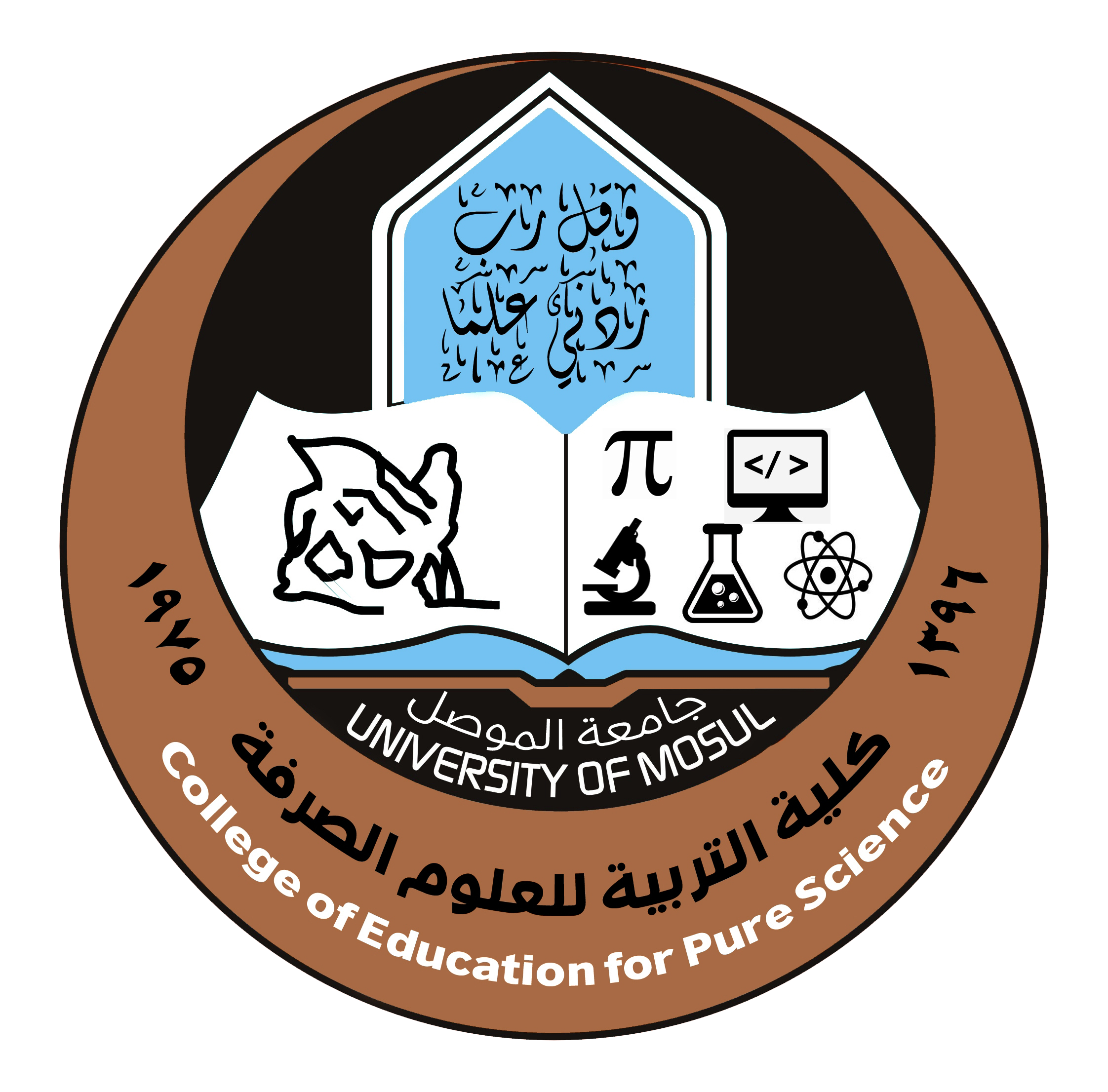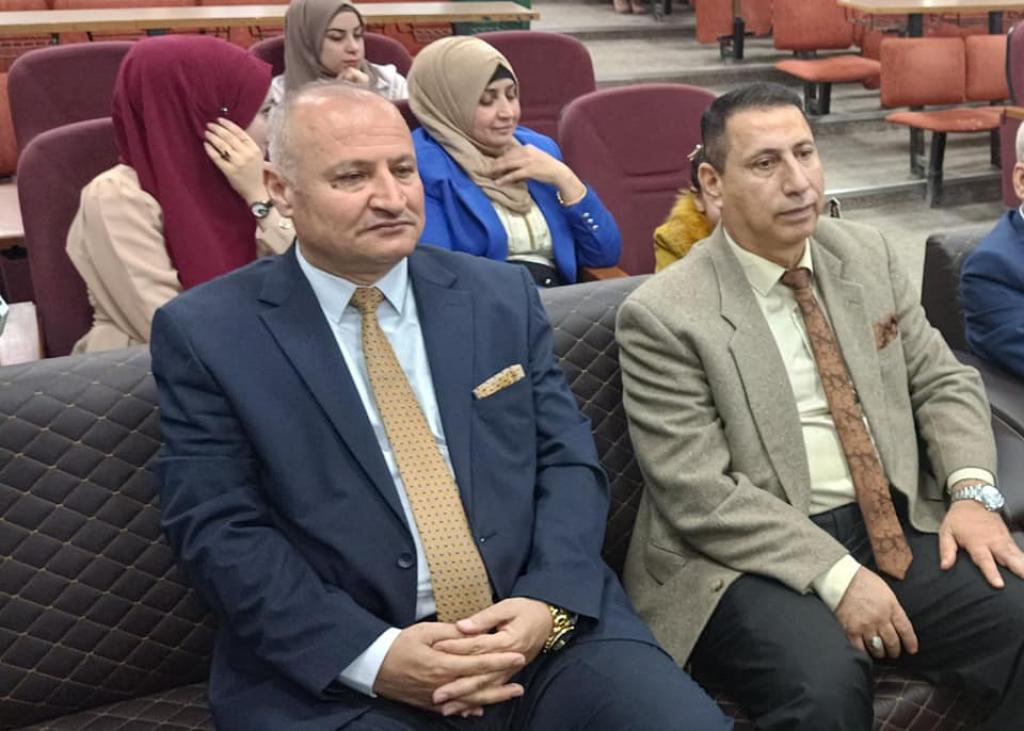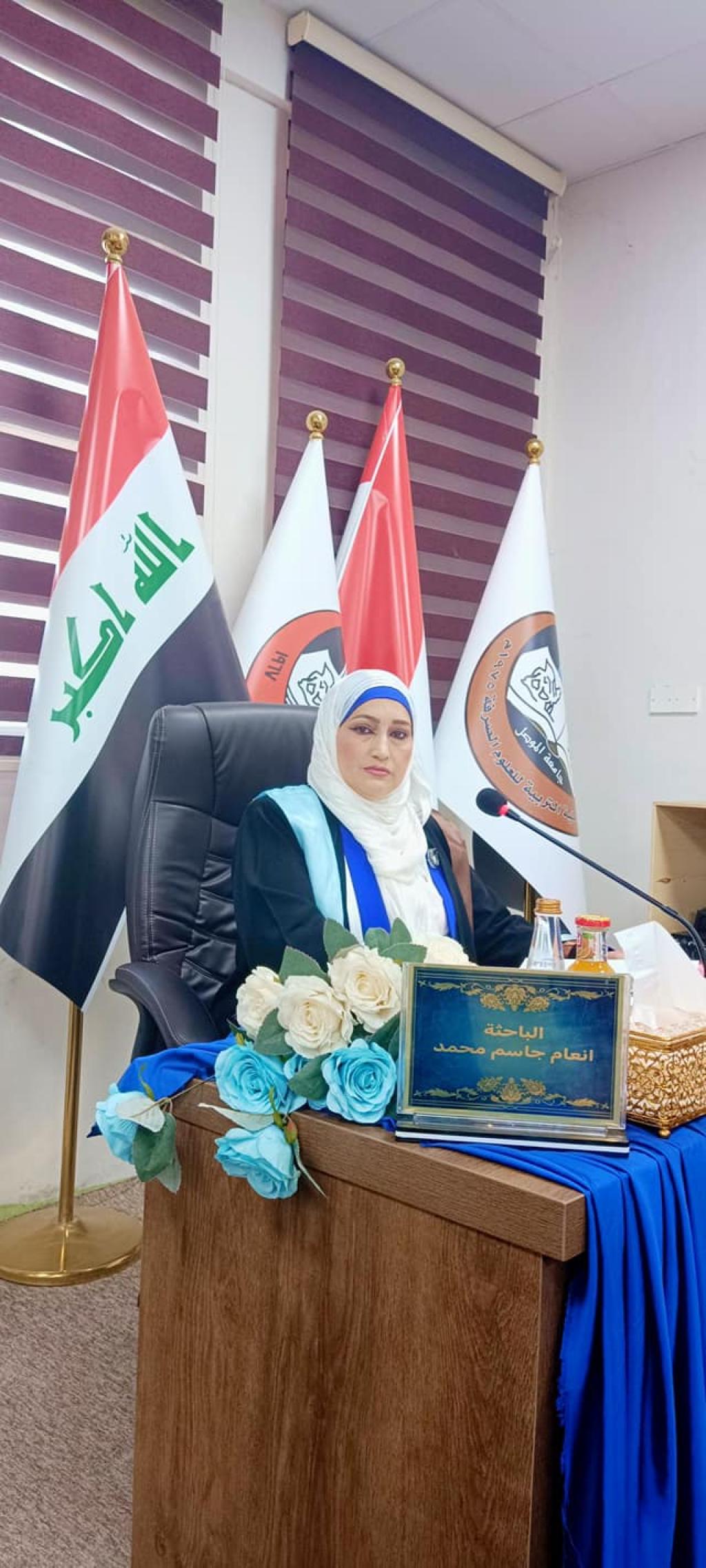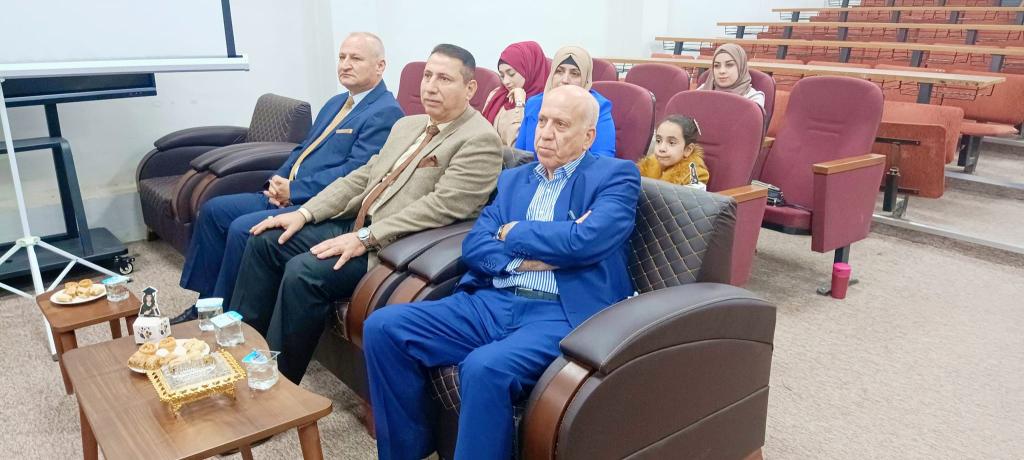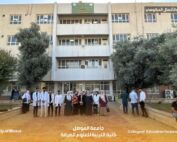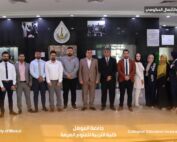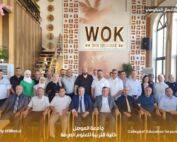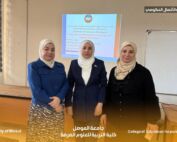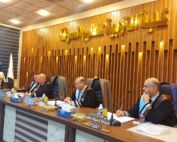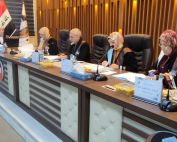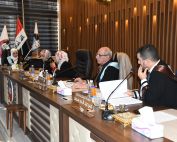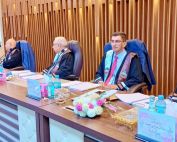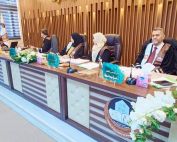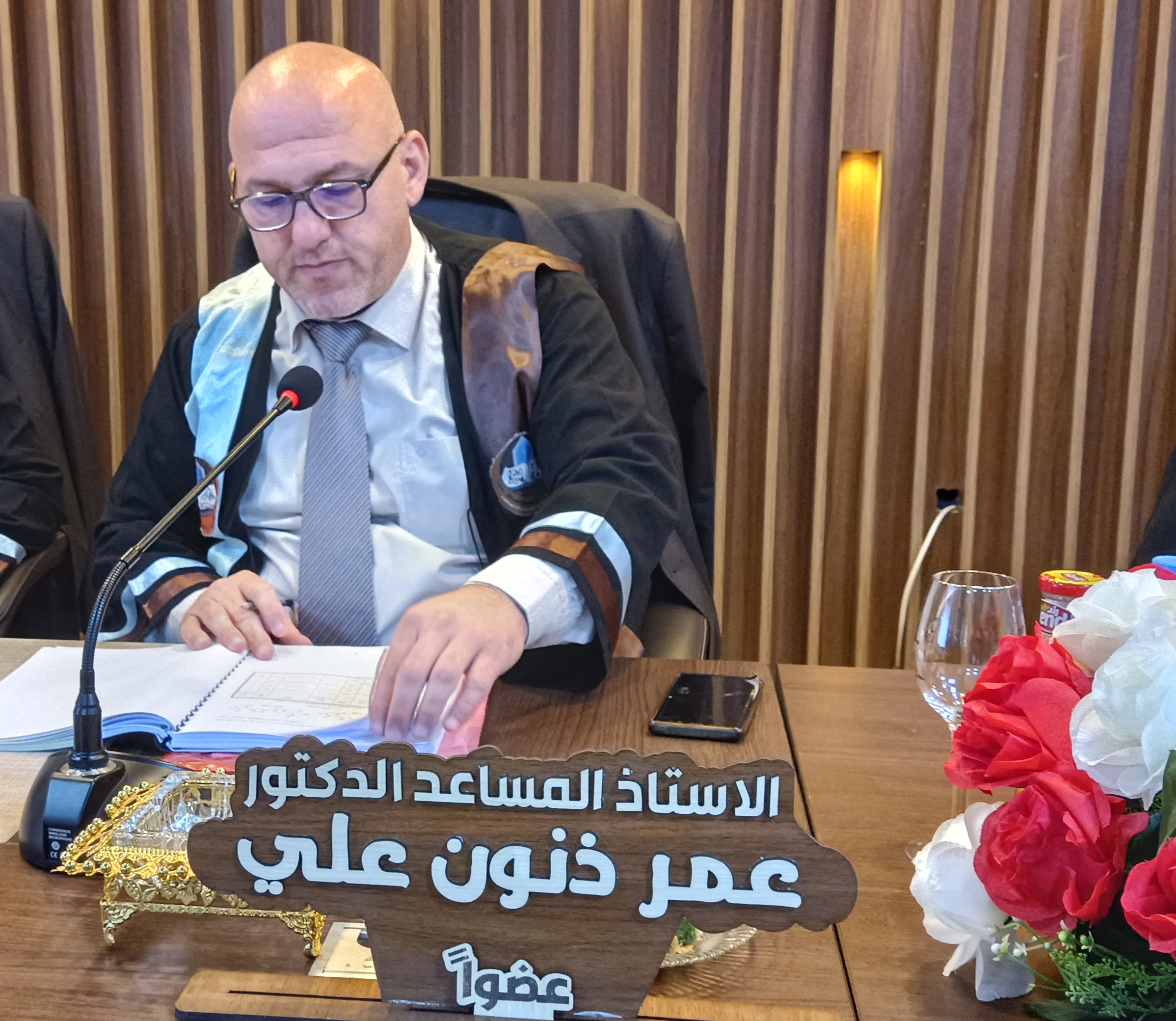15 November، 2022
PH.D. Dissertation Viva-Bioilogy Department
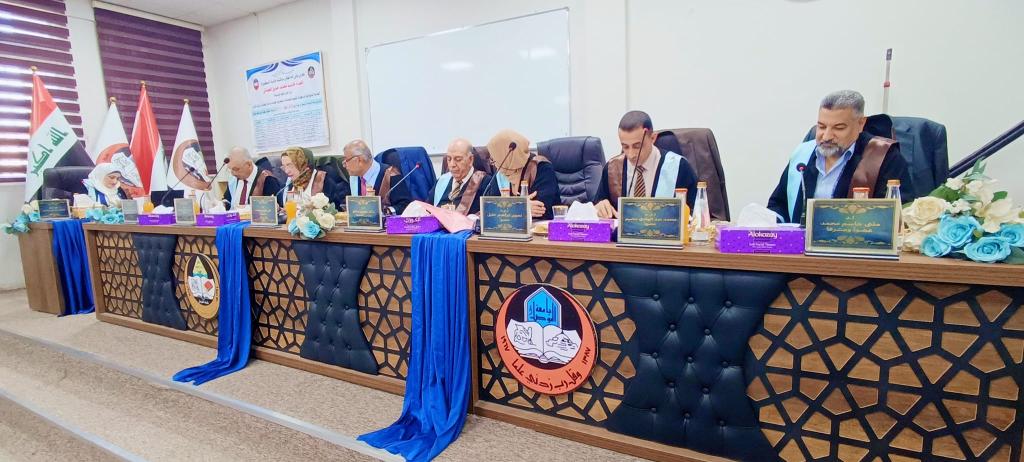
PH.D. Dissertation Viva in the College of Education for Pure Science entitled ” Biological activity of natural compounds as antimicrobial, antioxidant and anticancer from fungi mushrooms “The College of Education for Pure Science, University of Mosul, has done the PH.D. Dissertation Viva entitled ” Biological activity of natural compounds as antimicrobial, antioxidant and anticancer from fungi mushrooms”,On Tuesday, November 15, 2022, the respected Dean of the College, Assistant Professor Dr. Qais Ismail Ibrahim, the Honorable Scientific Associate and Administrative Associate, the Honorable Head of the Department of Biology, and a number of the college’s teachers were attended the viva. In this study, presented by the PH.D. Student Inaam Jasim Mohamad Al-Hamadani in the Department of Biology, two genera of fungi were chosen: A. bisporus, which was found in the markets of the city of Mosul, and P. ostreatus, which was grown in a room set up for this purpose on different types of media The highest productivity was on the medium of corn kernels, where the harvesting yiueld of the Fruiting bodies was 4.914 Kg/planting Medium, the period of vegetative growth was 18 days, and the period of emergence of the Fruiting bodies was 24 days. These genera are both edible food fungi and living saprophytes. They can break down organic waste with cellulosic content because they have enzymes that do this. The study was done at the Natural Products Laboratory / Department of Biology / College of Education for Pure Sciences / University of Mosul. In order to identify the content of these fungal genera from the natural products, three extracts (hexane, ethyl acetate, and ethanol) were made using the Soxhlet continuous extraction device and the successive solvent sequence system. After each extraction, the extracts were concentrated with a rotary evaporator (RVE) to get the Crude Extract. Then, the Crude Extract was fractionated using the column chromatography (CC) technique to get several different compounds. Also used was gas chromatography-mass spectrometry (GC-MS). High-performance liquid chromatography (HPLC) was used to separate and identify phenolic compounds in order to separate and identify fatty acids. This was done by figuring out the retention time (Rt) of the separated phenolic compounds and comparing them to the retention time (Rt) of standard phenolic compounds.The effects of fatty acids and phenolic compounds on two types of pathogenic bacteria, Staphylococcus aureus and Escherichia coli, and two types of pathogenic fungi, Candida albicans and Aspergillus niger, were investigated. Studies were conducted by measuring the diameter of inhibition. The highest effect of separated fatty acids came from A. bisporus in Aspergillus niger with a diameter of 24 mm at a concentration of 100 It worked against Aspergillus niger. At a concentration of 100 mg/ml, the diameter of inhibition was 27 mm, while the fatty acids found in P. ostreatus At a concentration of 100 mg/ml, it had an effect on Aspergillus niger with an inhibition diameter of 31 mm, and the phenolic compounds found were from part of P. ostreatus At a concentration of 100 mg/ml, the diameter of the area where Aspergillus niger was most stopped was 26 mm.While the biological activity was tested ex vivo using tests (DPPH and MTT), the DPPH test was used to test the antioxidant activity of the separated compounds. The results showed that all of the compounds have antioxidant activity in different amounts. The maximum effect of phenolic compounds separated from fraction (ɪɪ) of A. bisporus was 88.12 % at a concentration of 400 µg/ml, while the maximum effect of separated fatty acids from P. ostreatus was 84.84 % at a concentration of 400 µg/ml. This is compared to the standard antioxidant Vitamine C, which reached 85.03 % at the same concentration. Using the (MTT) test, its effect on two types of cancer cell lines, MCF-7 breast cancer cells and PC3 prostate cancer cells, was also looked at. The results showed that the cytotoxicity of the isolated compounds from the fungi under study at concentrations of 400, 200, 100, 50, 25, and 12.5 µg/ml was similar to that of the normal cell line WRL68The results showed that the phenolic compounds (ɪ) from P. ostreatus It had the highest inhibition rate on PC3 at a concentration of 400 μg /ml, which was 74.92 %. However, phenolic compounds (ɪɪ) from P. ostreatus had the highest inhibition rate. On 7-MCF, which was 61.27 % at a concentration of 400 μg/ml, while the WRL68 cell line showed no clear effect. The current study also found that the effectiveness of fungal compounds from two different genera was different depending on the type of cancer cell line, the type of compounds, and the concentration. There was a direct link between the concentration of compounds and the anti-cancer activity. More clearly, P. ostreatus showed a higher ability to stop growth than a fungus called A. bisporus This means that it can be used as an alternative treatment for cancerous diseases.The Viva committee was chaired by Prof. Dr. Shakir Mahdi Saleh Tikrit University faculty of Agriculture and the membership of Asst. Prof. Dr. Asia Abdul Hamid Muhammad University of Dohuk College of Science, Prof. Dr. Ali Karim Mohammed University of Mosul Faculty of Agriculture, Asst. Prof. Dr. Najwa Ibrahim Khalil University of MosulCollege of Education for Pure Science, Asst. Prof. Dr. Mohammed Abdul Hadi Jassim / University of Mosul / College of Education for Pure Science and under the supervision and membership of both Prof. Dr. Abdul Karim Suleiman Hassan AL-Nuaimi University of MosuCollege of Education for Girls and Prof Dr. Muthanna Jasim AL-Taee / University of Mosul / College of Education for Pure Science.
